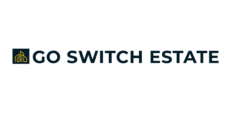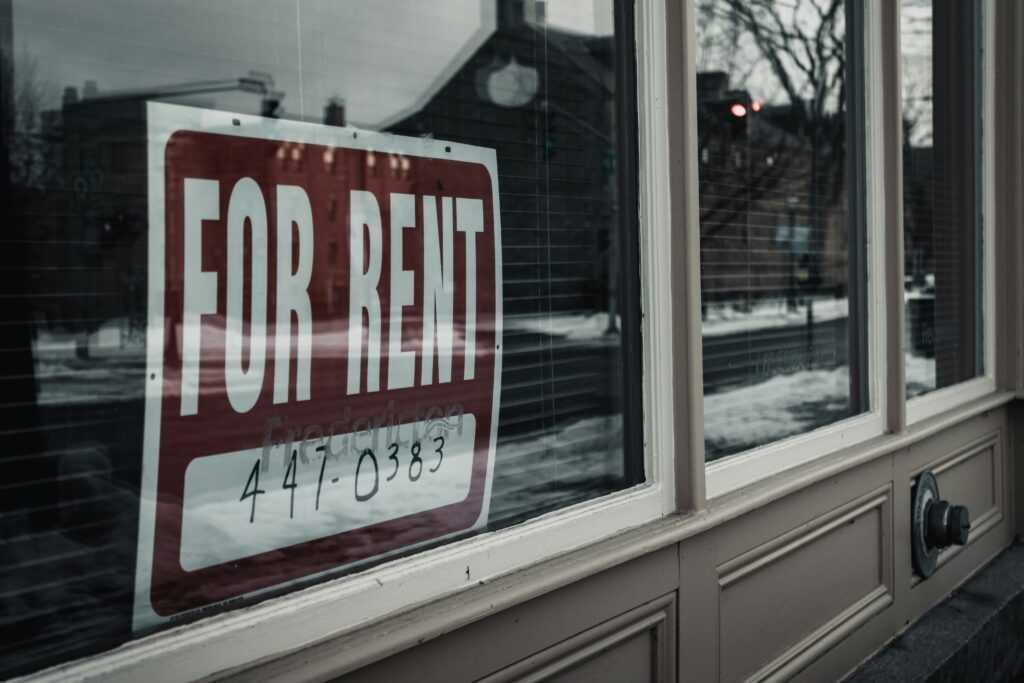In today’s fast-paced real estate industry, leveraging technology is key to streamlining property management processes. As a property manager, I’ve discovered that integrating the right tech tools can revolutionize how we handle tasks, communicate with tenants, and maintain properties efficiently.
From digital platforms for rent collection to smart devices for remote monitoring, technology offers a plethora of solutions to enhance productivity and tenant satisfaction. In this article, I’ll delve into the transformative power of technology in property management, sharing insights and practical tips on optimizing operations through digital innovation.
By embracing these technological advancements, I’ve seen firsthand how it can simplify workflows, improve communication, and ultimately boost the overall management experience. Let’s explore the cutting-edge tools and strategies that can elevate your property management game to new heights.
Understanding the Role of Technology in Property Management
As a property manager, I recognize the pivotal role that technology plays in revolutionizing the way we manage properties. Embracing technological advancements is essential in optimizing operations, enhancing tenant experiences, and increasing overall efficiency in property management.
In today’s digital age, leveraging the right tech tools can streamline tasks, improve communication, and elevate maintenance standards, ultimately leading to a smoother and more effective management process. By integrating technology into property management practices, I can efficiently track maintenance requests, schedule appointments, and monitor property performance in real-time.
This streamlined approach not only saves time but also ensures that issues are promptly addressed, improving tenant satisfaction and retention rates. Additionally, digital solutions enable me to automate repetitive tasks, such as rent collection and lease renewals, freeing up valuable time to focus on strategic decision-making and fostering positive tenant relationships.
Moreover, technology facilitates seamless communication between property managers, tenants, and maintenance teams. With the use of property management software and communication platforms, I can easily send notifications, share updates, and address inquiries promptly, fostering transparent and efficient two-way communication channels.
This transparency not only builds trust but also cultivates a sense of community within the properties I manage, leading to happier and more engaged tenants. In essence, technology is not just a tool but a transformative force in property management.
By harnessing the power of digital innovations, I can streamline processes, improve tenant experiences, and elevate the overall efficiency and effectiveness of property management operations. Embracing technology is not just a choice; it’s a necessity in today’s competitive real estate landscape, where staying ahead requires embracing change and leveraging the benefits that technology has to offer.
Benefits of Implementing Technology in Property Management
Implementing technology in property management offers numerous benefits that can significantly enhance operational efficiency, communication, and profitability. Let’s delve into some key advantages below.
Improving Efficiency Through Automation
Integrating technology in property management processes streamlines operations by automating repetitive tasks such as rent collection, lease renewals, and maintenance tracking. Automation minimizes manual errors, saves time, and ensures smooth workflow, allowing property managers to focus on strategic decision-making and providing excellent tenant service.
Enhancing Communication with Tenants and Contractors
Technology fosters seamless communication channels between property managers, tenants, and maintenance teams. Through online portals, mobile apps, and automated messaging systems, instant updates, notifications, and requests can be efficiently shared, ensuring timely responses to issues, boosting tenant satisfaction, and strengthening relationships with contractors for swift problem resolution.
Increasing Profitability with Data-Driven Insights
Implementing tech solutions enables property managers to access valuable data insights on property performance, market trends, tenant preferences, and maintenance needs. By leveraging analytics tools, managers can make informed decisions, optimize rental pricing, identify cost-saving opportunities, and forecast future demand, ultimately driving higher profitability and maximizing overall returns on investment.
Choosing the Right Property Management Software
When it comes to choosing the right property management software, it’s crucial to consider key features that can enhance operational efficiency, communication, and overall property maintenance. Here’s a breakdown of essential features to look for in property management software:
- User-Friendly Interface: Opt for software with an intuitive and easy-to-navigate interface to ensure seamless adoption and minimal training requirements for you and your team.
- Customizable Reporting: Look for software that offers customizable reporting features, allowing you to generate detailed reports tailored to your specific property management needs.
- Automated Maintenance Requests: Choose a platform that enables tenants to submit maintenance requests online and streamlines the process for property maintenance teams, ensuring prompt resolution of issues.
- Integrated Accounting Tools: Select software that integrates accounting tools for efficient rent collection, expense tracking, and financial reporting, simplifying the financial management aspects of property operations.
- Tenant Communication Portals: Opt for software that provides tenant communication portals for easy interaction, notifications, and updates, fostering transparent communication and tenant engagement.
- Mobile Accessibility: Ensure the software offers mobile accessibility, allowing you to manage property operations on-the-go, respond to tenant inquiries promptly, and stay informed about property developments in real-time.
- Task Automation: Look for software that automates repetitive tasks such as rent reminders, lease renewals, and maintenance scheduling, freeing up time for strategic decision-making and tenant relationship management.
By prioritizing these key features when selecting property management software, you can streamline your operations, enhance tenant experiences, and optimize overall efficiency in managing your properties.
Making an informed choice based on these features will set you on the path to leveraging technology effectively in property management.
Implementing Technology Solutions in Property Maintenance
Expanding on the use of technology in property management, I’ll delve into the practical aspects of implementing technology solutions in property maintenance. By utilizing innovative tech tools, property managers can streamline maintenance processes, enhance communication, and ensure efficient upkeep of properties.
- Utilizing Maintenance Tracking Systems: Implementing reliable maintenance tracking systems is crucial for efficient property upkeep. These systems help in recording, monitoring, and managing maintenance requests promptly. They provide a centralized platform for property managers to assign tasks, track progress, and ensure timely resolution of maintenance issues, thereby improving overall property maintenance efficiency.
- Automation of Maintenance Tasks: Automating repetitive maintenance tasks can significantly boost operational efficiency. By leveraging technology to automate processes such as scheduling regular maintenance checks, managing vendor relationships, and overseeing repairs, property managers can save time, reduce manual errors, and enhance the overall maintenance workflow.
- Real-time Monitoring Tools: Implementing real-time monitoring tools enables property managers to keep a close eye on property performance metrics. These tools provide data-driven insights into property conditions, energy consumption patterns, and equipment functionality. By utilizing real-time monitoring solutions, property managers can identify maintenance needs proactively, optimize resource allocation, and ensure the longevity of property assets.
- Enhancing Communication Channels: Utilizing technology to enhance communication channels between property managers, tenants, and maintenance teams is essential for fostering transparency and efficiency. Digital communication platforms, such as online portals and automated messaging systems, facilitate quick sharing of information, seamless coordination of tasks, and prompt resolution of maintenance issues, thereby improving tenant satisfaction and overall property management effectiveness.
By effectively implementing technology solutions in property maintenance, property managers can streamline operations, improve communication, and ensure timely and efficient upkeep of properties, ultimately enhancing tenant experiences and optimizing overall property management efficiency.
Overcoming Challenges in Adopting Technology for Property Management
In my experience as a property manager, I’ve encountered various challenges when adopting technology to streamline property management processes. While the benefits of integrating tech tools are substantial, there are specific obstacles that property managers may face during the transition. Here are some common challenges and effective ways to overcome them:
- Resistance to Change: Property managers and staff may resist adopting new technologies due to fear of the unknown or concerns about job security. It’s crucial to communicate the benefits of the new technology, provide training sessions, and emphasize how it will enhance their workflow and efficiency.
- Budget Constraints: Investing in technology can be costly, especially for small property management firms. To address this, research cost-effective solutions, consider cloud-based software with monthly subscriptions, and evaluate the long-term cost savings and efficiency gains.
- Integration Issues: Integrating new technology with existing systems and workflows can be challenging. Ensure compatibility between different software solutions, work closely with the tech provider for seamless integration, and gradually phase in new tools to minimize disruptions.
- Data Security Concerns: With the increasing emphasis on data privacy, property managers must address concerns related to storing sensitive tenant information securely. Prioritize solutions with robust security measures, implement data encryption protocols, and comply with relevant data protection regulations.
- Training and Support Needs: Property managers and staff may require additional training to effectively utilize new technology tools. Provide comprehensive training programs, offer ongoing support, and designate tech-savvy individuals as internal resources for troubleshooting and guidance.
By acknowledging and actively addressing these challenges, property managers can successfully navigate the adoption of technology in property management, optimizing operations, enhancing tenant experiences, and driving overall efficiency in the real estate industry.





